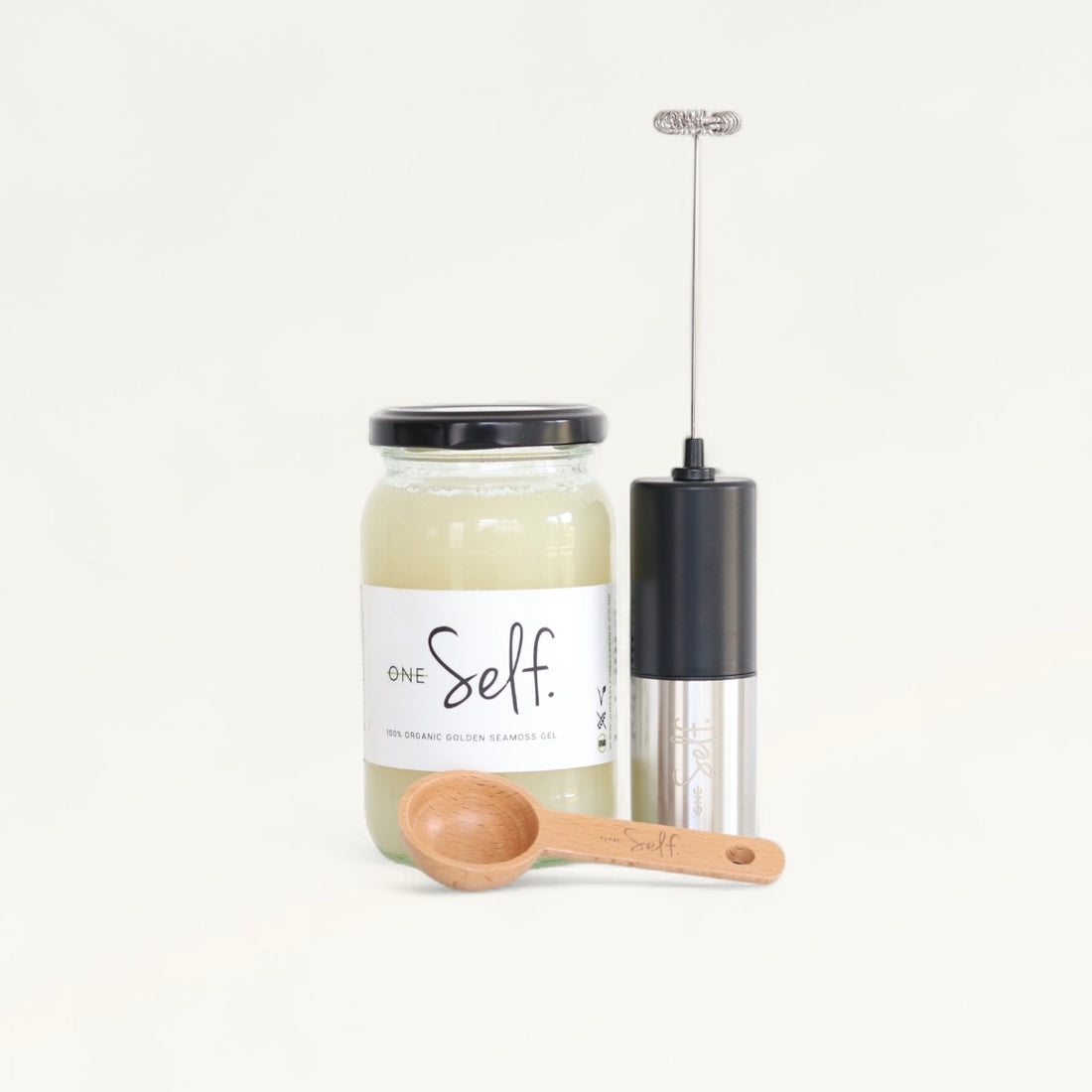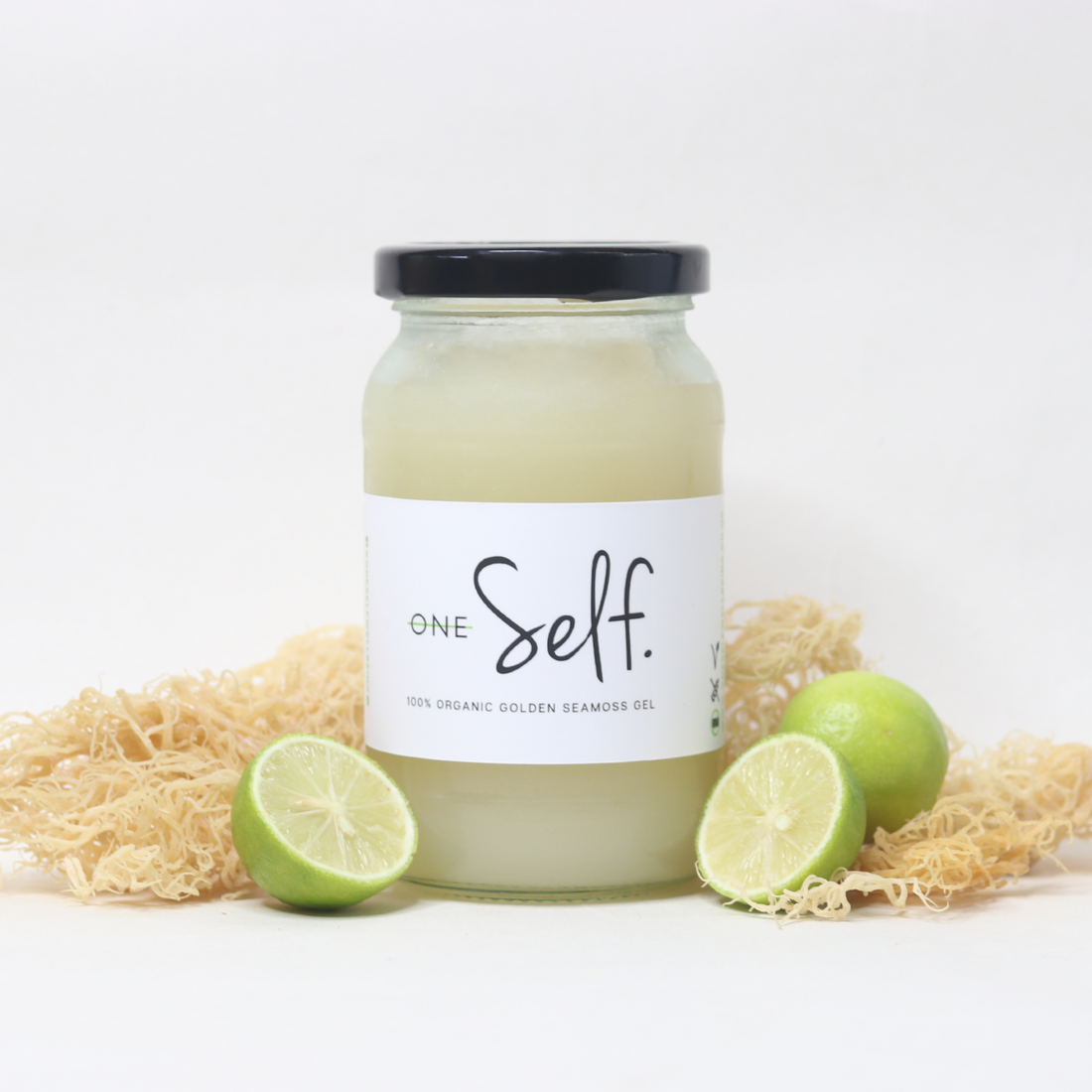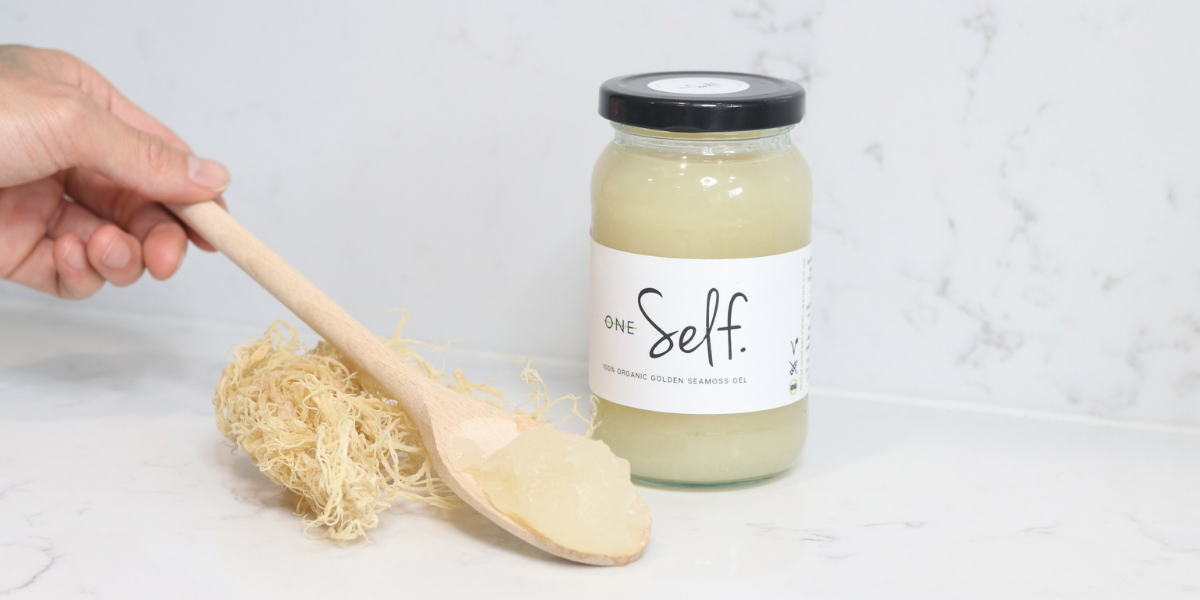3 minute read
How do you get your little ones to eat the good stuff? Better yet, how do you instill healthy eating habits for life?
As any parent knows, it’s no small feat getting greens in your child.
What if, instead of stacking their plates with chunks of leafy kale (which even adults struggle to get down), you could sneak little superfood surprises into meals that they enjoy? Most superfoods pack a punch, meaning you only need small (concealable!) doses to do good.
Let’s look at some powerful superfood ideas for kids, meal by meal.
SUPERFOODS FOR BREAKFAST
It’s the school run on a monday morning, the kids are stuck to their beds, you’re all late, and breakfast definitely is not on the table. You need the easiest dose of nutrition you can find, and fruit isn’t enough. Your ally in this situation, is a tasty, power-packed superfood powders that the kids will *ask* for.
Lion's Mane Mushroom is a slightly malty medicinal mushroom that can be whizzed into any meal to add a creamy taste and texture.
A teaspoon blended into a quick smoothie or a bowl of oats won’t be noticed, but over time you might start to notice your kids have more focus and less stress over their homework.
Lion's mane contains hericenones and erinacines known to protect, and improve memory and cognition (1)
Lion's mane also contains beta-glucans, which are a form of healthy carbohydrates that support a strong immune system (by improving gut health!) (2)
If your kids have a sweet tooth, you cant try mixing the earthy taste of lions mane with a dose of malty tasting, energy-boosting maca.
Maca is a super-turnip (yep, you read that right) from the Andean mountains.
It contains a healthy dose of iron that keeps your kids energy up, and research shows that maca improves mood and energy, making mornings easier (eventually) (3)
Try mixing butterscotch-y maca powder into a maca-shake with fruits and milk, maca overnight oats, or sprinkle maca over your kids usual toast.
SUPERFOOD SNACKS
What snack does your kid like to reach for? Something sweet like chocolate, or savory like crisps?
Snacks are something we all look forward to, but they are a notoriously unhealthy time of day for kids, and often a missed-opportunity for a nutritional boost.
Sea moss is a super versatile superfood that can be (subtly) baked and stirred into sweet or savory snacks. With 92 of the 102 minerals our body’s (and our kids body’s) need to function, sea moss is quite the diet hack.
Calcium is essential for strong bones, but it requires magnesium and vitamin D to actually be absorbed and used in the body. Most calcium supplements only contain calcium. Sea moss contains a natural abundance of both calcium and magnesium, supporting the development of your kids bones (4)
Try stirring seamoss into a smoothie snack, or sneaking it into dips like hummus for the kids to take with them to school. It has a very bland, undetectable taste -your kids won’t know it’s there!
If they’re the more adventurous type, why not take advantage of our boosted seamoss range?
You get all the benefits of seamoss, boosted with fun, nutritious flavours like goji berry for extra vitamin A, or elderberry and ginger for an immune-boost.
Get creative with seamoss, it can be slipped into almost any liquid or wet food. Try it in raw energy balls (that the kids can have fun making with you), hummus, cottage cheese, yogurt, or in fruit puree.
SUPERFOODS FOR DINNER
Dinner has the potential (at least) to be a little bit calmer. It presents a good opportunity to get some healthy vegetables, grains, and other goodness in your kids diet that you all may have been too busy for during the day.
Why not maximise this meal with a small superfood boost?
Moringa is a small, leafy plant that grows in African and Asian countries. The powder is bursting with nutrients.
Compared to spinach, moringa has 3 x the amount of iron (popeye missed this trick!), and compared to oranges, moringa has 7 times the amount of vitamin C (5)
This means that even a small dose of moringa (smaller than a handful of spinach, or a satsuma) can support your kids energy levels and immunity.
With a distinctly green and slightly bitter taste remnant of green tea, moringa is the least taste-friendly plant ally on our list. The taste is not overpowering and can be hidden in soups, stews, sauces and stir-fries.
Try doubling up on the power-foods, and get creative with seamoss over dinner as well.
To summarise
Superfoods for your kids are easier to access than you might think. A sprinkle of moringa here, a slip of sea moss there, and a sweet dose of malty maca to put the cherry on the cake, and your kids will be getting all the vitamins and minerals they need without changing their diets (or infringing on their preferences!)
REFERENCES
- Brandalise, F., Cesaroni, V., Gregori, A., Repetti, M., Romano, C., Orrù, G., Botta, L., Girometta, C., Guglielminetti, M.L., Savino, E. and Rossi, P. (2017). Dietary Supplementation ofHericium erinaceusIncreases Mossy Fiber-CA3 Hippocampal Neurotransmission and Recognition Memory in Wild-Type Mice. Evidence-Based Complementary and Alternative Medicine, [online] 2017, pp.1–13. doi:https://doi.org/10.1155/2017/3864340.
- Diling, C., Chaoqun, Z., Jian, Y., Jian, L., Jiyan, S., Yizhen, X. and Guoxiao, L. (2017). Immunomodulatory Activities of a Fungal Protein Extracted from Hericium erinaceus through Regulating the Gut Microbiota. Frontiers in Immunology, 8. doi:https://doi.org/10.3389/fimmu.2017.00666.
- Gonzales-Arimborgo, C., Yupanqui, I., Montero, E., Alarcón-Yaquetto, D.E., Zevallos-Concha, A., Caballero, L., Gasco, M., Zhao, J., Khan, I.A. and Gonzales, G.F. (2016). Acceptability, Safety, and Efficacy of Oral Administration of Extracts of Black or Red Maca (Lepidium meyenii) in Adult Human Subjects: A Randomized, Double-Blind, Placebo-Controlled Study. Pharmaceuticals, [online] 9(3), p.49. doi:https://doi.org/10.3390/ph9030049.
- Johnson, J. (2021). What are the benefits of sea moss? [online] Available at: https://www.medicalnewstoday.com/articles/sea-moss#nutritional-information.
- Gopalakrishnan, L., Doriya, K. and Kumar, D.S. (2016). Moringa oleifera: A review on nutritive importance and its medicinal application. Food Science and Human Wellness, 5(2), pp.49–56. doi:https://doi.org/10.1016/j.fshw.2016.04.001.













